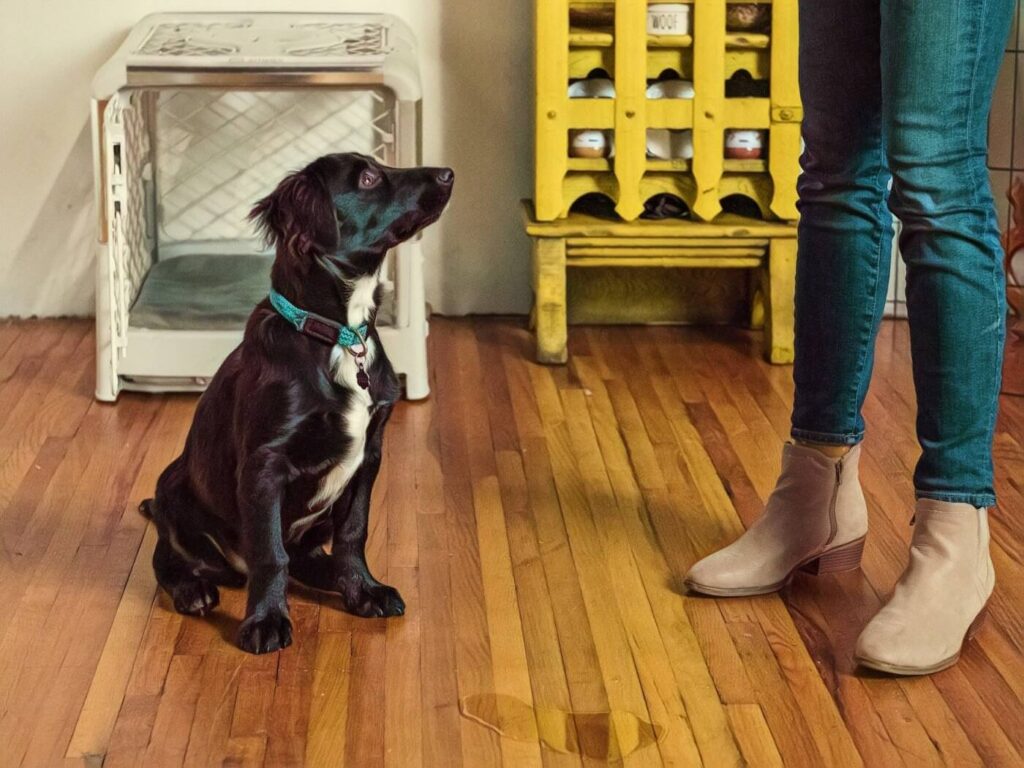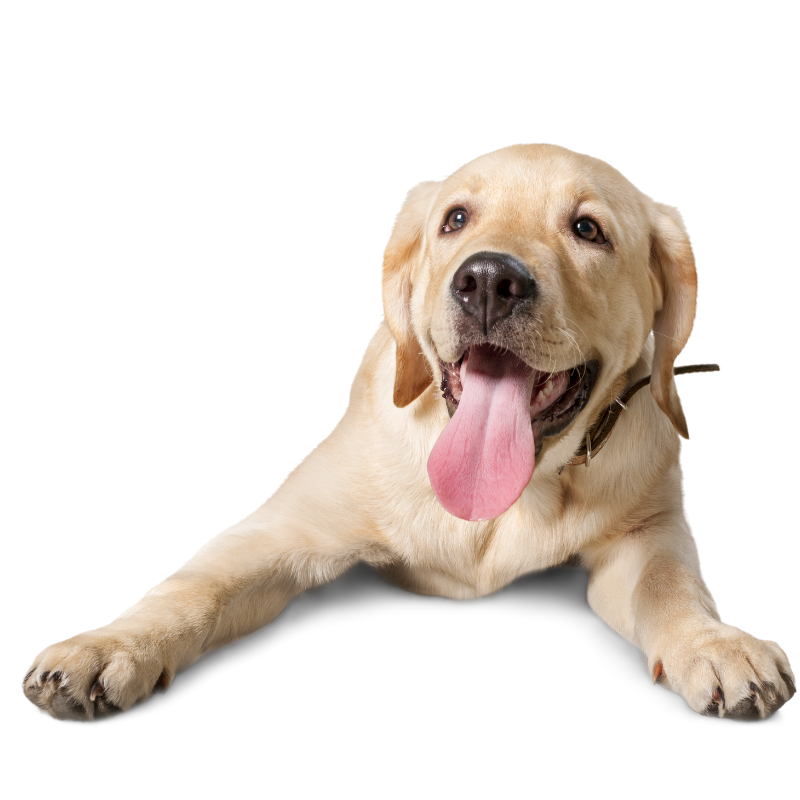How to House Train Your Dog
House training, also known as potty training or toilet training, is an essential part of raising a well-behaved and obedient dog. Teaching your furry friend to use the designated bathroom area and refrain from eliminating indoors not only promotes cleanliness but also strengthens the bond between you and your pet. In this comprehensive guide, we will walk you through the step-by-step process of house training your dog, providing valuable tips and techniques to ensure a successful and stress-free experience.
Establish a Routine:
Consistency is key when it comes to house training your dog. Establishing a regular routine for feeding, walking, and bathroom breaks helps your pet develop good habits. Feed your dog at the same times each day and take them out for bathroom breaks shortly after meals. Designate specific times for walks and be patient during these outings, allowing your dog ample time to relieve themselves.
Choose a Designated Bathroom Area:
Selecting a specific area in your yard for your dog’s bathroom needs will help them associate that spot with elimination. Take your dog to this area every time they need to go, using a consistent command such as “Go potty” or “Do your business.” Reinforce positive behavior by praising and rewarding them with treats immediately after they have successfully been eliminated.
Supervise and Confine:
During the initial stages of house training, it is crucial to supervise your dog at all times when indoors. Keep them in the same room as you or use baby gates to confine them to a smaller area. This helps prevent accidents and allows you to closely monitor their behavior, making it easier to anticipate when they need to go outside.
Learn the Signs:
Understanding your dog’s body language and behavioral cues can help you anticipate their need to eliminate. Signs such as sniffing, circling, restlessness, or sudden stops during play indicate that they may need to go out. Be attentive to these signs and respond promptly by guiding them to the designated bathroom area.
Use Positive Reinforcement:
Positive reinforcement is a powerful tool in house training. Whenever your dog eliminates in the appropriate area, reward them with verbal praise, gentle petting, and treats. This positive association reinforces the desired behavior and motivates them to repeat it. Avoid punishment or scolding for accidents, as this can create fear and anxiety, hindering the training process.
Create a Feeding Schedule:
Establishing a consistent feeding schedule contributes to successful house training. Regular mealtimes make it easier to predict when your dog will need to eliminate. Avoid free-feeding and instead, offer measured meals at scheduled intervals. This not only aids in controlling their bathroom habits but also promotes overall health and digestion.
Manage Accidents:
Accidents are a normal part of the house training process, especially in the beginning. When an accident occurs, avoid punishment or harsh reactions. Instead, calmly clean up the mess with an enzymatic cleaner to remove any scent that might attract your dog back to the same spot. Remember, patience and consistency are vital during this learning phase.
Establish a Verbal Cue:
Introducing a verbal cue or command can assist in house training your dog. Select a phrase such as “go potty” or “be quick” and consistently use it each time you take them to the designated bathroom area. Over time, your dog will associate the cue with the act of elimination and respond accordingly.
Gradually Expand Access:
As your dog becomes more reliable with house training, gradually expand their access to other areas of the house. Start by allowing them into one additional room at a time, always under supervision. If accidents occur, restrict access again and reinforce the training in a more controlled manner.
Be Patient andPersistent:
House training is a process that requires patience, persistence, and consistency. Every dog learns at their own pace, so it’s important to remain patient and understanding throughout the training period. Celebrate each milestone and progress your dog makes, and don’t get discouraged by setbacks or accidents. With time and dedication, your furry friend will become a well-trained and housebroken companion.
Conclusion:
House training your dog is an essential aspect of responsible pet ownership. By following this step-by-step guide and implementing consistent routines, positive reinforcement, and effective communication, you can successfully teach your dog to eliminate in the designated bathroom area. Remember to be patient, as house training takes time and varies from dog to dog. With your dedication and guidance, you’ll establish a strong bond with your furry friend while ensuring a clean and harmonious living environment for both of you. Happy training!

